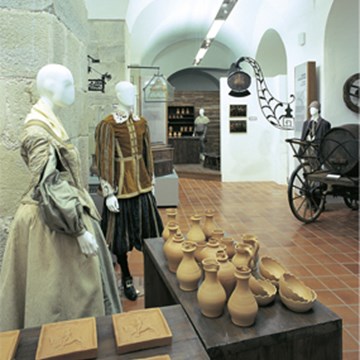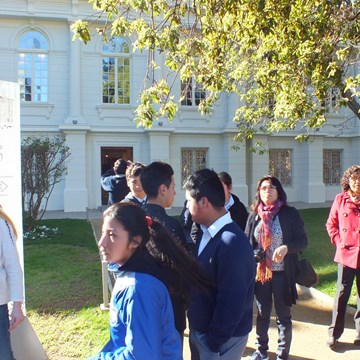Manuscripts Museum, Bibliotheca Alexandrina
The new Library of Alexandria, the new Bibliotheca Alexandrina (BA), is dedicated to recapturing the spirit of openness and scholarship of the original Bibliotheca Alexandrina. It is much more than a library. It comprises the following:
The Main Library (which can hold up to millions of books) and its affiliated libraries: the Francophone Library, the Depository Library, and the Maps Library
Six specialized libraries:
- The Arts and Multimedia Library
- The Taha Hussein Library for the visually-impaired
- The Children’s Library
- The Young People’s Library
- The Microforms Library
- The Rare Books and Special Collections Library
- A copy of the Internet Archive
Four museums:
- The Antiquities Museum
- The Manuscripts Museum
- The Sadat Museum
- The History of Science Museum
The Planetarium Science Center (PSC)
The ALEXploratorium: an exploratorium for introducing children to science
The Culturama: a cultural panorama projected over nine screens. It is the first ever patented nine-projector interactive system. It has won many awards. The Culturama, developed by CULTNAT, allows the presentation of a wealth of data layers; presenters can click on an item and go to a whole new level of detail. It is a remarkably informative and attractive multimedia presentation of Egypt’s heritage spanning over 5,000 years of history with highlights and examples of Ancient Egyptian and Coptic/Muslim heritage.
VISTA (The Virtual Immersive Science and Technology Applications system): an interactive virtual reality environment that allows researchers to transform two-dimensional data sets into 3D simulations and step inside them. A practical tool of visualization during research, VISTA helps researchers to simulate the behavior of natural or human-engineered systems instead of merely observing a system or building a physical model.
Thirteen academic research centers:
- Alexandria and Mediterranean Research Center (Alex Med)
- Center for Writings and Scripts Studies
- Center for Special Studies and Programs (CSSP)
- International School of Information Science (ISIS)
- Manuscripts Center
- Center for the Documentation of Cultural and Natural Heritage (CULTNAT) – Cairo
- Alexandria Center for Hellenistic Studies
- Center for Democracy and Social Peace Studies (CDSPS)
- Center for Development Studies (CDS)
- Center for Environmental Studies
- Arabic Computational Linguistics Center
- Center for Islamic Civilization Studies
- Center for Coptic Studies
Fifteen permanent exhibitions:
- Impressions of Alexandria: The Awad Collection
- The World of Shadi Abdel Salam
- Arabic Calligraphy
- The History of Printing
- Arab-Muslim Medieval Instruments of Astronomy and Science (Star Riders)
Permanent contemporary Egyptian art exhibitions:
- The Artist’s Book
- Mohie El Din Hussein: A Creative Journey
- The Raaya El-Nimr and Abdel-Ghani Abou El-Enein Collection of Arab Folk Art
- Seif and Adham Wanly: Motion and Art
- Selected artworks of Adam Henin
- Selected artworks of Ahmed Abdel-Wahab
- Selected artworks of Hamed Saeed
- Selected artworks of Hassan Soliman
- Sculpture
- Our Digital World
Four art galleries for temporary exhibitions
The Conference Center (which can accommodate up to thousands of people)
The new Bibliotheca Alexandrina also hosts a number of institutions:
- The Academia Bibliotheca Alexandrinae (ABA).
- Arabic Society for Ethics in Science & Technology (ASEST).
- The Anna Lindh Foundation for Dialogue between Cultures – the first Euro-Med foundation based outside Europe.
- The HCM Medical Research Project – located in Shallalat
- The Arab Regional Office of the Academy of Science for the Developing World (TWAS-ARO).
- The International Federation for Library Associations (IFLA) Regional Office.
- The Secretariat of the Arab National Commissions of UNESCO.
- The Middle Eastern and North African Network for Environmental Economics (MENANEE).
- The Arab Network for Women in Science and Technology (ANWST).
The number of these institutions continues to grow, making the BA the center of many international and regional networks.
Today, this vast complex has become a reality, receiving about 1.5 million visitors a year.
Exhibitions and events
We don't have anything to show you here.
Educational programs
We don't have anything to show you here.
Collections
We don't have anything to show you here.

















